Score For
by Chloe Pascal Crawford
Exoskeletons are external devices used to augment human movement. Medical exoskeletons take the form of powered orthosis worn over paralyzed or weakened limbs, especially lower limbs.Medical exoskeletons are bulky, expensive, and move slowly. In their current iterations, they are not a comparable alternative to manual or power wheelchairs which are cheaper, faster, safer, and offer more user autonomy. Medical exoskeletons are also only suitable for an extremely small number of wheelchair users and do not provide a meaningful solution to the widespread physical inaccessibility of built environments. Exoskeleton users may remark on these issues but only to promote standing and uprightness as the solution, says one: “when you're in a wheelchair, you're kind of just hovering over the ground, and you really can't truly connect with people and humans. And being able to put my feet on the ground and take steps, it really makes me feel much more connected to humanity in reality.”
Exoskeletons began as military technology, though currently, they have more financial and technological potential in industrial and manufacturing use. Exoskeletons used to augment bodily exploitation in the name of profit or war rightly gives us pause. But this same technology is celebrated when presented as a “cure” capable of “freeing” people from the bindings of their wheelchairs. Most exoskeleton companies produce the technology for all three uses yet medical use is the most visible and promoted in media. In promotional videos created by exoskeletons companies or news coverage of exoskeletons, the target audience rarely seems to be wheelchair users themselves. With good reason perhaps as disabled people, especially wheelchair users, are often poor and can barely afford subsidized wheelchairs let alone extravagant technology that essentially functions as exercise equipment.
But wheelchair users serve a central function in these videos by giving the entire enterprise a sheen of charity, selflessness, and benevolence. Nearly all the medical exoskeleton videos begin with the user recounting the traumatic instance that caused their paralysis--the crash, the explosion, the fall (but never the gunshot that accounts for 1 in 7 of all cases and grows each year). They’re following the well-trodden path of feel-good inspiration porn and highlighting who we might consider undeserving of disability -- the formerly non-disabled just trying to “get back” to the world of normalcy and uprightness.
Stay seated in your wheelchair or sit or lay down comfortably on a chair, a mobility aid, a bench, a floor, a bed, a couch. Have someone sit or lay next to you. Connect with each other.
Artist Bio
Chloe Pascal Crawford is a multidisciplinary artist highlighting the labor disabled people undertake to set the conditions for their existence in public spaces. Her work is exhibited in relation to her perpetually-seated sight-line, challenging conceptions of lowness as a place to be overlooked. She has shown at the Museum für Moderne Kunst, Artists Space, VAE, EFA Project Space, and Eugene Contemporary Art, and received fellowships from the Ragdale Foundation, Santa Fe Art Institute, and Vermont Studio Center. She has a MFA from Mason Gross School of the Arts, and recently completed the Whitney Museum Independent Study Program. It took her 19 years to obtain enough work credits to qualify for Social Security Disability Insurance.
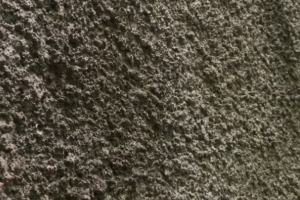
Khairani Barokka
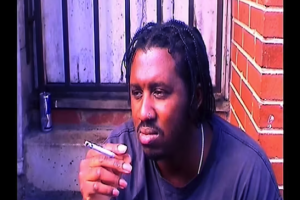
Laura Lulika + Hang Linton

RA Walden
![Screenshot from [sound of subtitles] by Seo Hye Lee](https://presentsscreening.de/media/pages/works/sound-subtitles/efa64e8cf8-1694202157/screen-shot-2023-09-08-at-9-41-53-pm-300x200-crop.png)
Seo Hye Lee
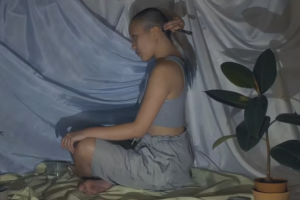
April Lin 林森
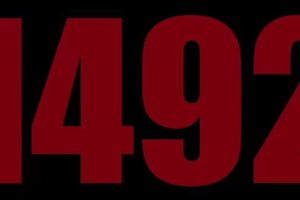
Misra Walker

Venesse Guy
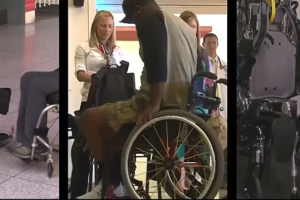
Chloe Pascal Crawford

Saioa Alvarez Ruiz + Katrin Bittl
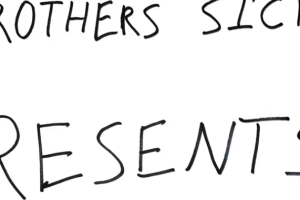
brothers sick
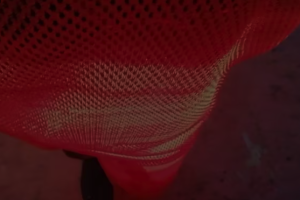
zinzi buchanan